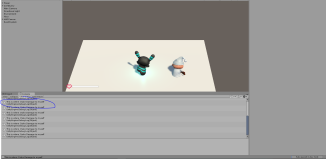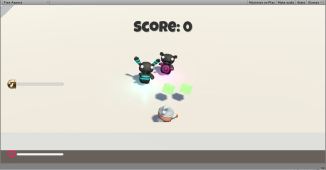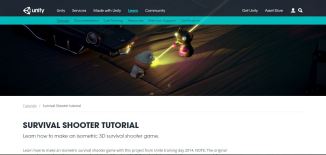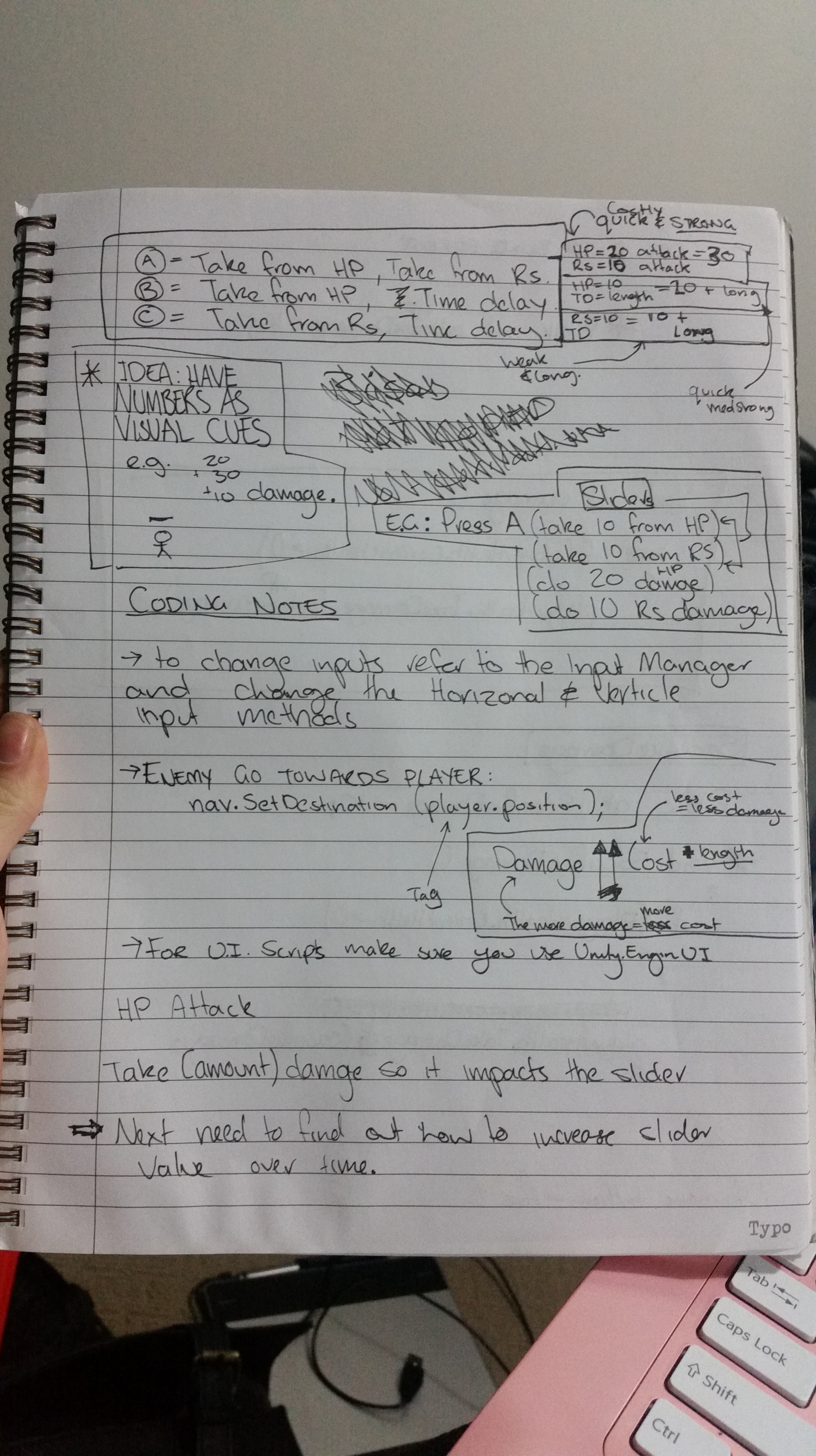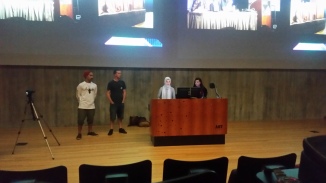This week I play tested the game and implimented changes from new research I had recently looked into. A Gamasutra Article …………. talks about Blizzards Diablo II and the resource management mechanics they’ve implimented. Their goals are similar to mine where they have the players balance mana, skill and health. The article states about those mechanics “Not only does managing these resources form a very natural pace to the combat, an attack-and-retreat flow that becomes more apparent the longer the game goes on, it also creates a constant feeling of “almost there”, such that players will always feel wanting for something, whether that’s more health, more mana to use a skill, or for a cooldown to end. It’s an emotional state which is only ever resolved once battle is over and the enemies are dead, but resumes as soon as the player moves on.”
That comment had me thinking about how I can use the mechanic to achieve a similar effect. To achieve this I manipulated the spwan times of the resources vs the regeneration of the players health. I wanted the player to experiance that ‘almost there’ feeling in play. So when the player is on one side of the area – they will be forced to move to the other side. In doing so they have have to spend a certain amount of time being very vulnerable to death, and this is being designed to happen many times in one game. In doing this the player has to push and concentrate harder in the game every 5-10 seconds (roughly) and my goal in this is create less linear play.
To hopefully compliment these new ideas, this week I also worked on the visual feedback off the game. I added subtle colour changes, effects and animations to give the player a more satisfying attack and damage.
Hopefully over the next coulpe of weeks I can further develop these ideas further to help deliver my game with a strong feeling of sacrifice in the mechanics.

